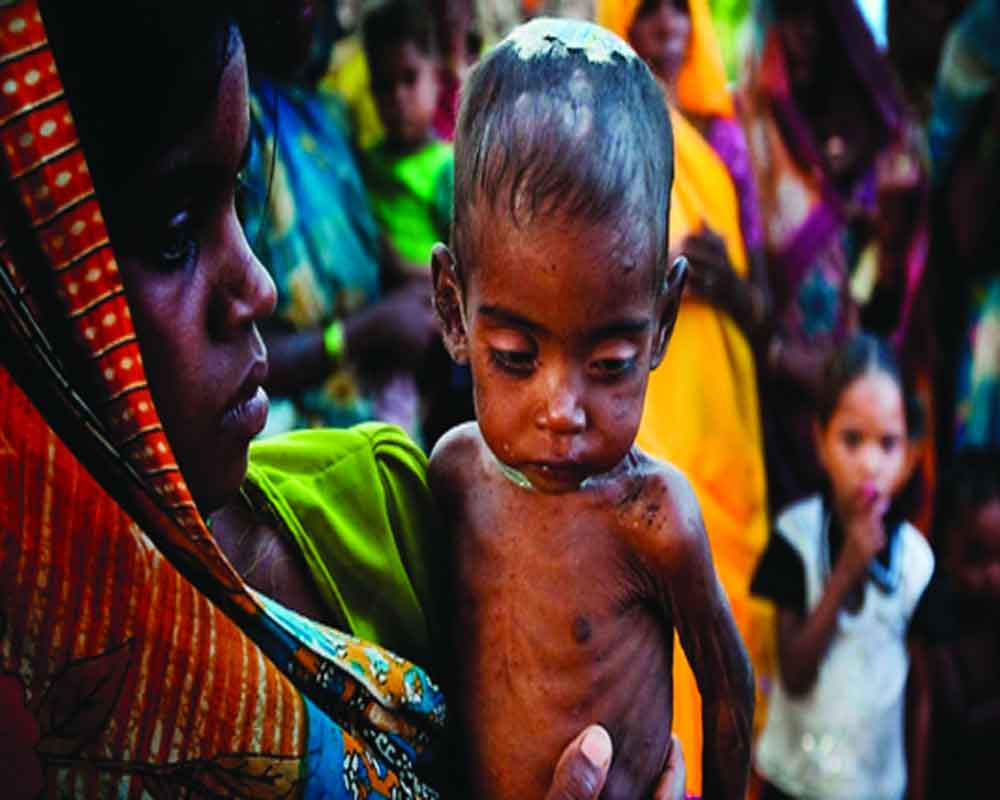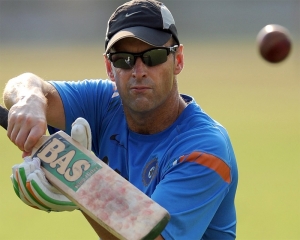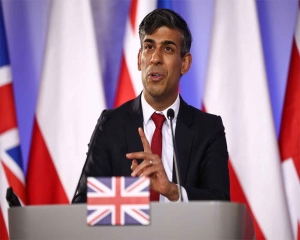Several medical care programmes are being initiated in the state to ensure a holistic change in the delivery of health services to every citizen, says Taran Prakash Sinha
Malnutrition is emerging as a huge socio-economic problem, particularly among children below five years who are under-nourished. Nationally, malnutrition in children below five could fall into three categories — children whose weight does not correspond to their age; children whose height does not correspond to their age; children whose weight and height both do not correspond to their age. As per the National Family and Health Survey 2015-16, 35.7 per cent of children are malnourished and the figure in Chhattisgarh stands at 37.7 per cent. However, the same indicator from the Vazan Tyohaar initiative by Chhattisgarh government pegs the figure at 23.37 per cent in 2019. According to the latest Lancet Journal report released on September 17, malnutrition was the predominant risk factor for death in children below five years of age in every state of India in 2017, accounting for 68.2 per cent of the total under five deaths. The situation is very alarming.
Taking cognisance of this situation, strategic steps against malnourishment in Chhattisgarh have been taken as the top priority, making it a public movement. And with the current status of malnutrition, development of infrastructure and other physical amenities would be meaningless. Moreover, the worst-affected areas, predominantly the tribal areas of the state, compel us to rethink the social cost and meaning of economic development. It also brings to the fore the understanding that the most severe cases of malnourished children are from the regions of the state, where most of the natural resources are being extracted. In these areas, especially in Bastar, women and mothers between 15 to 49 years of age are reported to be anaemic with an alarming figure of more than 65 per cent.
Government of Chhattisgarh has initiated many schemes and programmes to combat the challenge. Bastar and Surguja divisions of the state are the most-affected areas. Tribal areas are being provided protein-rich food, including eggs and pulses on a pilot basis. The districts covered under the pilot programme include Bastar, Dantewada, Korba, Surguja, Koriya and a few other. The scheme was planned to be scaled up to cover the entire state on October 2, 150th birth anniversary of Mahatma Gandhi.
DMF funds will be managed by a committee headed by a State Cabinet Minister instead of the District Collector. The money will be utilised primarily for health, nutrition, education, training, livelihood, community-focussed activities. Social audit of the disbursed amount will be mandated. The state is also implementing the ‘universal health scheme,’ where all the touch points in the health ecosystem will be improved and quality will be assured to bring about a holistic change in the delivery of health services to every citizen. This year, 17 Mother-Baby hospitals will be set up all over the state. Free health services to expectant mothers will be available across the state. Besides this, many specialised health services like facilities for sickle cell examination, dialysis, pathologies, etc., will be provided.
One of the most important initiatives has been the access to health services across every nook and corner of the state. This became possible with the ‘CM Haat Bazaar Health Initiative’ during the weekly haat, which is a special feature across Chattisgarh’s villages. Health services are being made available in Haat Bazaar, which happens to be a suitable place to create health awareness amongst masses and also to create touch points for service delivery.
The Chhattisgarh government understands and realises that implementing the aforementioned activities and working towards the objectives may be a tough task but the constant dialogue between the stakeholders and the implementers will help find solutions of the problems constantly. Both short-term as well as long-term objectives have been taken into consideration, which will lead to holistic and sustainable solutions to all health issues plaguing the state.
One healthy family is capable of making wise choices and several wise choices lead up to a healthy society. Such a society, we believe, will be able to take Chhattisgarh forward in all matters of development in the decades to come.
(The author is IAS Commissioner, Public Relations, Chhattisgarh.)


























